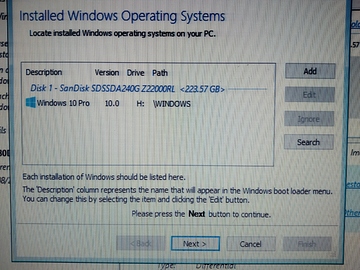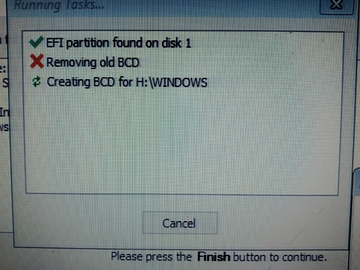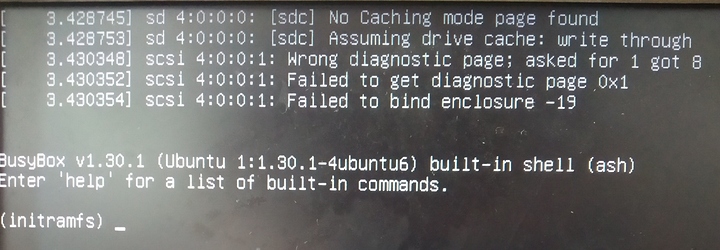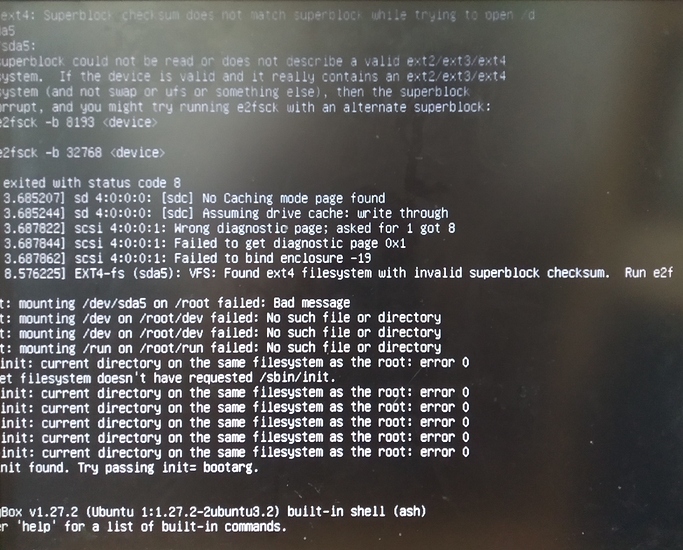Hi Guys. As you’ll see below, I have been asking about this stuff on another forum, but I’m just coming on here to get a fresh perspective, and also maybe because this forum seems to assume less prior knowledge of things. Linux-specific forums tend to be a bit intimidating at times!
I want to get back to dual booting this PC (Windows+Linux) after losing Ubuntu because of a failure of GRUB when I was upgrading from 16 to 18 last year. Everything here revolves around my confusion about the settings in the BIOS (all images attached below). When I was first setting up this system three and a half years ago, I remember having a lot of trouble getting Windows and Linux to sit together in harmony. At the time it was Windows 7 (subsequently upgraded to 10) plus Ubuntu 16. I can’t remember every twist and turn, of course, but the basic problem was that Windows is greedy, and just knocks everything else off the disk, while installing Ubuntu afterwards knocked out the Windows MBR (well, I suppose that you experts know all that!). So in the end (and I can’t remember where this came from) I was advised to put GRUB at the start of the second (data storage) hard disk, and to boot off that, while having the two systems on the primary SSD. I had to use the Boot Repair disk to fix this, and finally it worked! And I didn’t think about this matter again until the upgrade failure last year 
After that failure I switched back to booting directly off the primary SSD, which meant Windows only, but having a bit more time to think about this stuff recently because of the lockdown and being furloughed, I decided to get back to it, and so I wrote this post on the Ubuntu forum a few weeks back. The same guy that responded three years ago reminded me about the Boot Repair procedure, but also suggested that life would be much simpler if I started again from scratch with UEFI settings. Not only that it’s simpler, but also (if I’m understanding correctly) more flexible, in that I’ll be free to experiment with installing different Linux distros to see which one I prefer working with, without a load of Boot Repair hassle.
Now, if I’ve correctly understood this page about restoring old Windows disk images under UEFI (again, this is a BIG IF!!!), I can reformat the SSD to UEFI settings, and then restore the Macrium disk image of Windows without having to reinstall Windows completely. This goes against what the guys on the Ubuntu forum told me, that I would have to start again with Windows because the disk image wouldn’t be recognised in the new settings. Well, I don’t know, but I’m not afraid to experiment a bit, and in the worst case I’ve got my laptop!
OK, so this is what the storage looks like right now on my system. Firstly, here’s the SSD, where you can see Windows first (presumably with the Windows booting procedure right at the beginning) followed by the Ubuntu stuff that I currently can’t access:
And here’s the big HDD, where you can see the GRUB, and some other stuff that I don’t really know anything about (but maybe related to GRUB?), and then all the data partitions (which will need a bit of reordering, but no need to go into that):
I would like some clear understanding about UEFI, and why it makes life simpler and more efficient (because it’s not doing that for me yet!!!)
I’ve taken pictures of what I assume are all the relevant settings in the BIOS, but here be many dragons for me 
 So this is what I’ve had up until now. I assume that the most important setting is the first one. I don’t know if I need to change that to “UEFI Only”. Everything else there means very little to me, and I have no idea if I have the right settings, or if any of them matter at all.
So this is what I’ve had up until now. I assume that the most important setting is the first one. I don’t know if I need to change that to “UEFI Only”. Everything else there means very little to me, and I have no idea if I have the right settings, or if any of them matter at all.
With those settings I am able to set an ordered boot sequence, as might be expected:
Slightly more detail here:
If I change over to UEFI Only, that list is dramatically reduced to this:
But when I try booting, nothing actually happens. If I press F12, I see this:
And when I proceed with that only available selection, I get this:
Obviously I do have the Macrium DVD/CD (whatever it was) sitting in the drive waiting to kick in, so I don’t understand what’s going on! This does get seen when I have the “UEFI and Legacy” setting.
I guess my main question, after all this overload of screenshots (SORRY!), is whether the “UEFI and Legacy” setting is OK to proceed with, as long as I follow the instructions correctly for reformatting the SSD in UEFI settings. I don’t really understand why UEFI is such an amazing upgrade if it excludes so many booting methods. The guys on the Ubuntu forum told me something about GPT, not all of which I fully understood to be honest, but anyway I get that that UEFI allows you to have partitions larger than 2TB (if I remember correctly). Anyway, anyway, I’ll leave it there!
Sorry if anything here is unclear (it’s very very very hot in the south east of England right now!), and I’ll be happy to explain a bit more.
Muchas gracias in advance guys. Sorry so long, but it has been a bit of a long story, which I hope to simplify a bit soon.

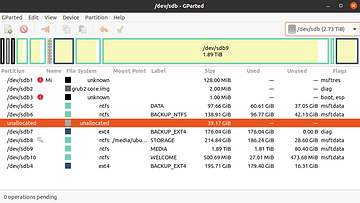
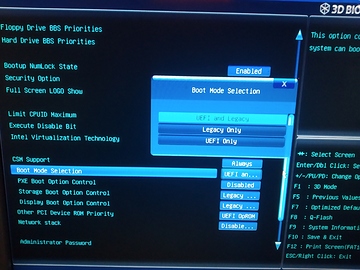
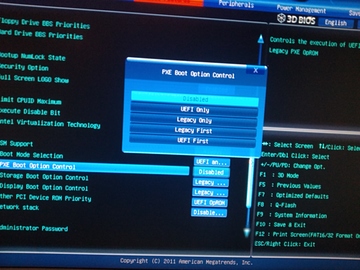
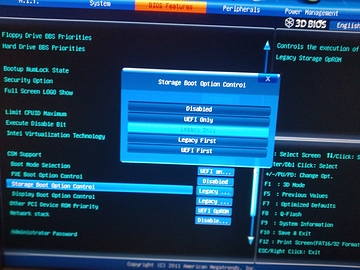
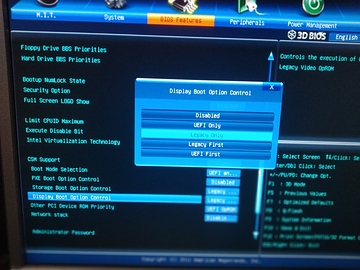
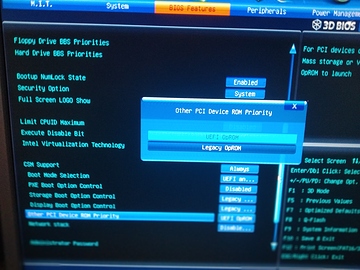
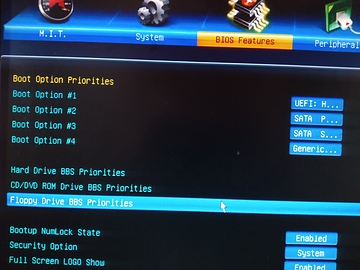

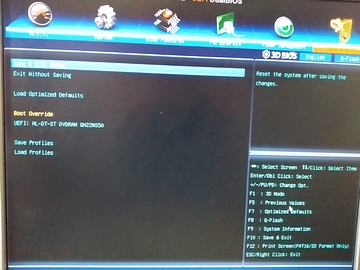
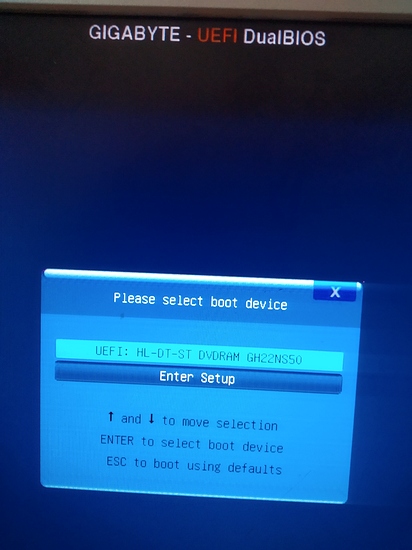
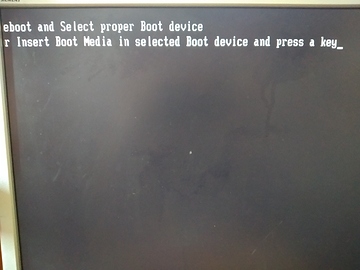
 You do indeed seem to have got the general idea of what I’m trying to do, and I think I get the overall idea of what you’re saying - that it’s mostly about cynical commercial motivations, as opposed to genuine upgrade. Why should I be surprised???
You do indeed seem to have got the general idea of what I’m trying to do, and I think I get the overall idea of what you’re saying - that it’s mostly about cynical commercial motivations, as opposed to genuine upgrade. Why should I be surprised???
